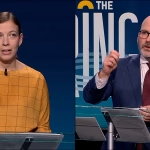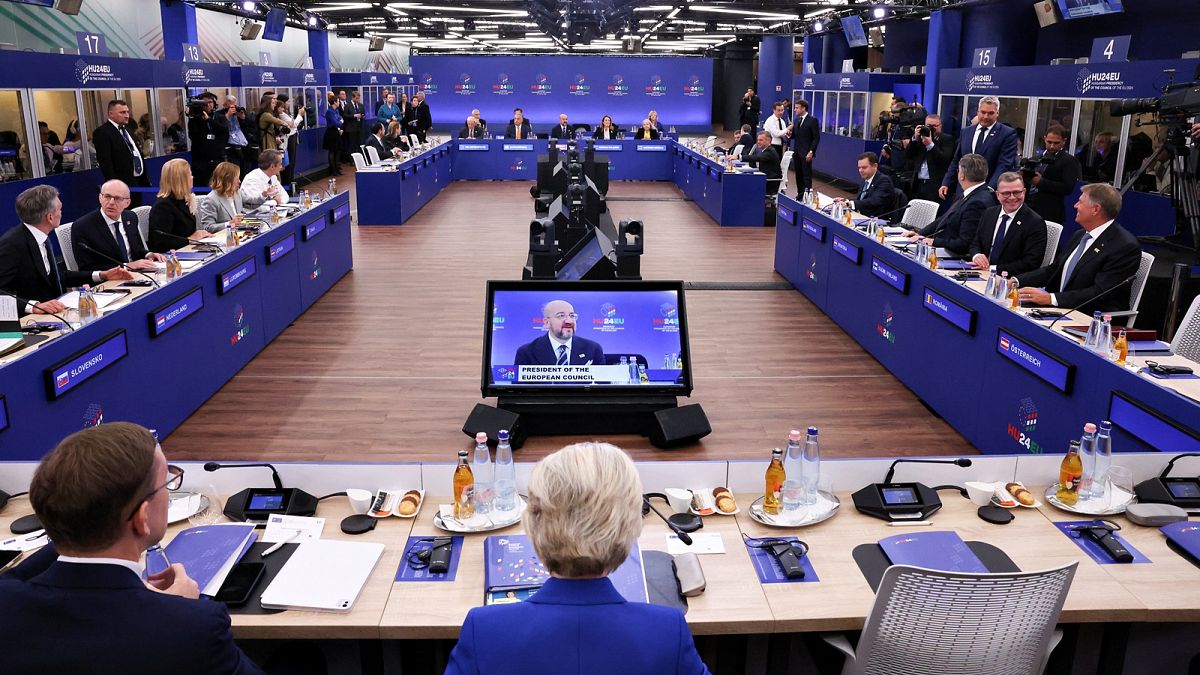EU leaders have recently endorsed a “New European Competitiveness Deal” as a response to Mario Draghi’s economic diagnosis, which they see as a wake-up call for the stagnant economy of the European bloc. The deal aims to address fears of de-industrialisation and declining economic competitiveness compared to the United States and China. The solutions proposed in the deal include deepening the single market, providing more funding for SMEs and start-ups, reducing bureaucratic obstacles, fostering domestic high-tech industries, facilitating sustainable trade agreements, and increasing investments in research and development to at least 3% of GDP by the end of the decade. Despite these goals, the leaders emphasize the importance of maintaining focus on the Green Deal and achieving climate neutrality by 2050.
Mario Draghi, who presented the landmark report that prompted the development of the New European Competitiveness Deal, highlighted the urgent need for ambitious action to enhance productivity and modernize the EU’s industrial base. One of Draghi’s key recommendations, however, did not make it into the final document: joint debt. He estimated that the EU would require up to €800 billion in additional investments annually to remain competitive globally and advocated for the issuance of joint debt on a large scale, similar to the response during the COVID-19 pandemic. Draghi emphasized the importance of unity and solidarity among EU member states to effectively address these challenges and move forward towards positive changes.
Despite Draghi’s persistence on the issue of joint debt, the EU leaders have remained reluctant to embrace this recommendation. Opposition from countries like Germany and the Netherlands, who rejected Draghi’s proposal shortly after its release, prevented an explicit reference to joint debt in the New European Competitiveness Deal. Instead, leaders committed to maximizing the use of existing financial tools such as the EU’s multiannual budget, the European Investment Bank, and the Capital Markets Union project while exploring the development of new instruments. The lack of detail regarding these new instruments leaves room for interpretation and speculation among readers.
European Council President Charles Michel acknowledged the challenges associated with discussing financial solidarity among EU countries but emphasized the potential for agreement on contentious issues, as seen with the approval of the €750-billion recovery fund in 2020. He stressed the importance of combining financial solidarity with structural reforms to build trust among member states and ensure the success of the New European Competitiveness Deal. Ursula von der Leyen, the incoming European Commission president tasked with implementing the deal, highlighted the need for both public and private investments to work together. While she did not mention joint debt specifically, she emphasized the use of innovative tools to enhance productivity in the EU and create more fiscal space for member states, ultimately leading to gains rather than losses.
In conclusion, the New European Competitiveness Deal represents a significant step forward in addressing the economic challenges facing the European Union. While the deal falls short of including joint debt as recommended by Mario Draghi, it underscores the importance of unity, solidarity, and innovation in driving economic growth and competitiveness within the bloc. As EU leaders navigate the complexities of financing and structural reforms, the focus remains on achieving climate neutrality, promoting sustainable trade practices, and fostering a competitive industrial base to secure the future prosperity of all EU citizens, businesses, and member states. By working together towards shared goals, the EU can overcome the current economic stagnation and emerge stronger on the global stage.









